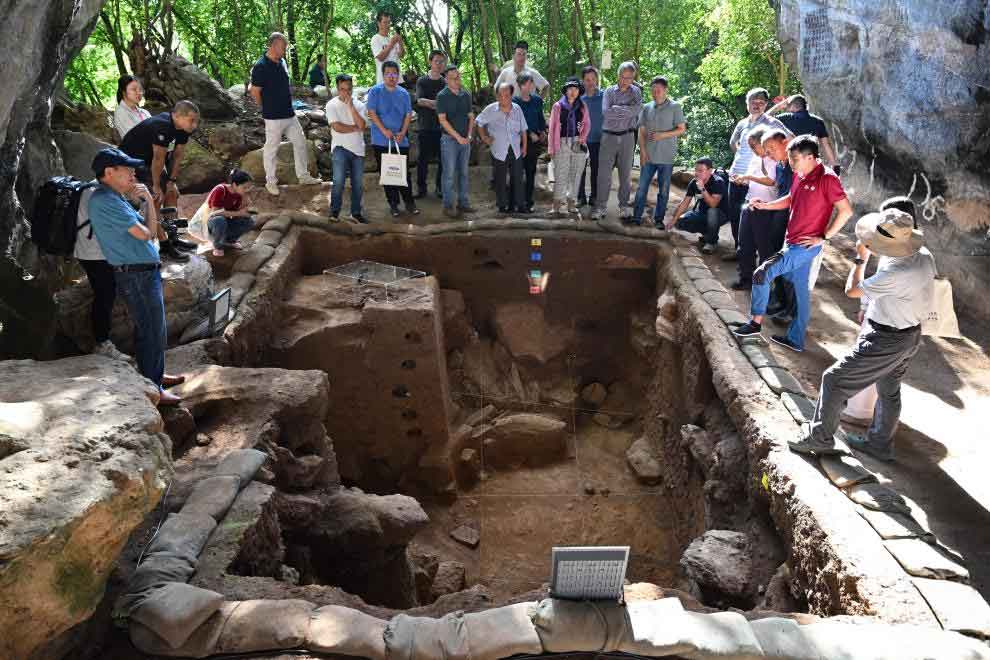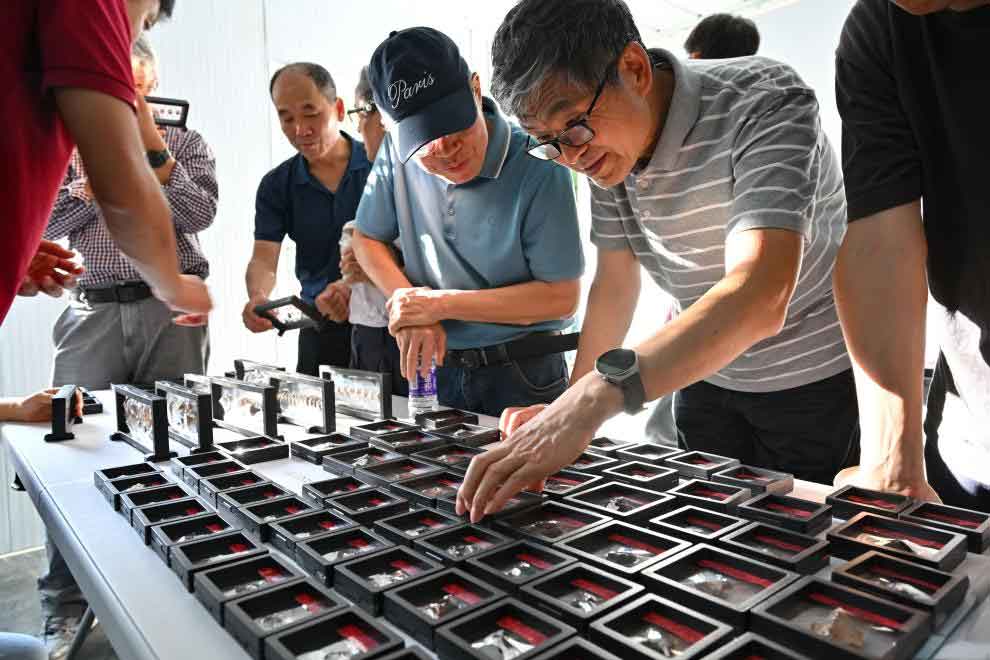A new archaeological discovery in Sanya is reshaping what we know about early human history in southern China. At the Luobi Cave site (落笔洞遗址), researchers have uncovered Hainan’s oldest known buria, a Paleolithic burial dating back approximately 12,000 to 13,000 years.

A Rare Glimpse into the Distant Past
The burial, found at the base of Luobi Peak in Sanya’s Jiyang District, represents the earliest evidence of funerary practice ever identified on Hainan Island. According to Li Feng, lead archaeologist from Peking University’s School of Archaeology and Museology, the tomb is also the most clearly defined Paleolithic burial form yet discovered in South China.

The remains belong to a child who had been laid to rest on their side with bent limbs, a posture suggesting intentional placement. Near the head and waist, archaeologists discovered shell ornaments believed to be the oldest of their kind ever found in China. These adornments provide valuable evidence of symbolic behavior, indicating a society with complex cultural and ritual traditions.
Artifacts from a Hunter-Gatherer Society
Excavations around the burial uncovered a wide range of Paleolithic tools and remains, including:
Stone flakes and scrapers made from tektite, natural glass formed by meteorite impacts, used for cutting and scraping;
Implements made from river pebbles, likely for daily use;
Abundant animal bones, snail shells, and mollusk remains, revealing details about diet and the surrounding environment.
Together, these findings point to a hunter-gatherer community adapted to Hainan’s tropical ecosystem and reliant on both land and sea resources.

A Site of National Significance
Luobi Cave has long been one of China’s most important prehistoric sites. Two excavations in the early 1990s revealed rich cultural layers, confirming it as the southernmost prehistoric human cave site ever discovered in the country.
In July 2025, it was included among the candidate projects for designation as a National Archaeological Site Park. The current joint excavation, launched in August 2025 by the Hainan Provincial Institute of Cultural Relics and Archaeology, Peking University, and the Sanya Museum, represents a new chapter in understanding early human activity on the Island.
Cultural Connections Across the Region
Experts attending a seminar at the Luobi Cave site on November 8–9 agreed that the discovery carries far-reaching academic significance. It helps establish a prehistoric cultural sequence for Hainan and sheds new light on the technological and symbolic exchanges between South China and Southeast Asia.
In particular, the site reinforces the idea of regional interaction and shared cultural expressions among early coastal communities in this part of the world.
What Comes Next
The research team plans to:
- Continue the detailed excavation and analysis of the burial site;
- Expand the exploration area to look for additional burials or habitation zones;
- Conduct broader Paleolithic surveys across the surrounding region;
- Strengthen public archaeology and science communication to make the discoveries accessible to a wider audience.
As excavation progresses, Luobi Cave is emerging not only as a cornerstone of Hainan’s archaeological heritage, but also as an important link in the story of early human migration and cultural development across Asia.
Related article: First Paleolithic Open-Air Site Discovered in Hainan








